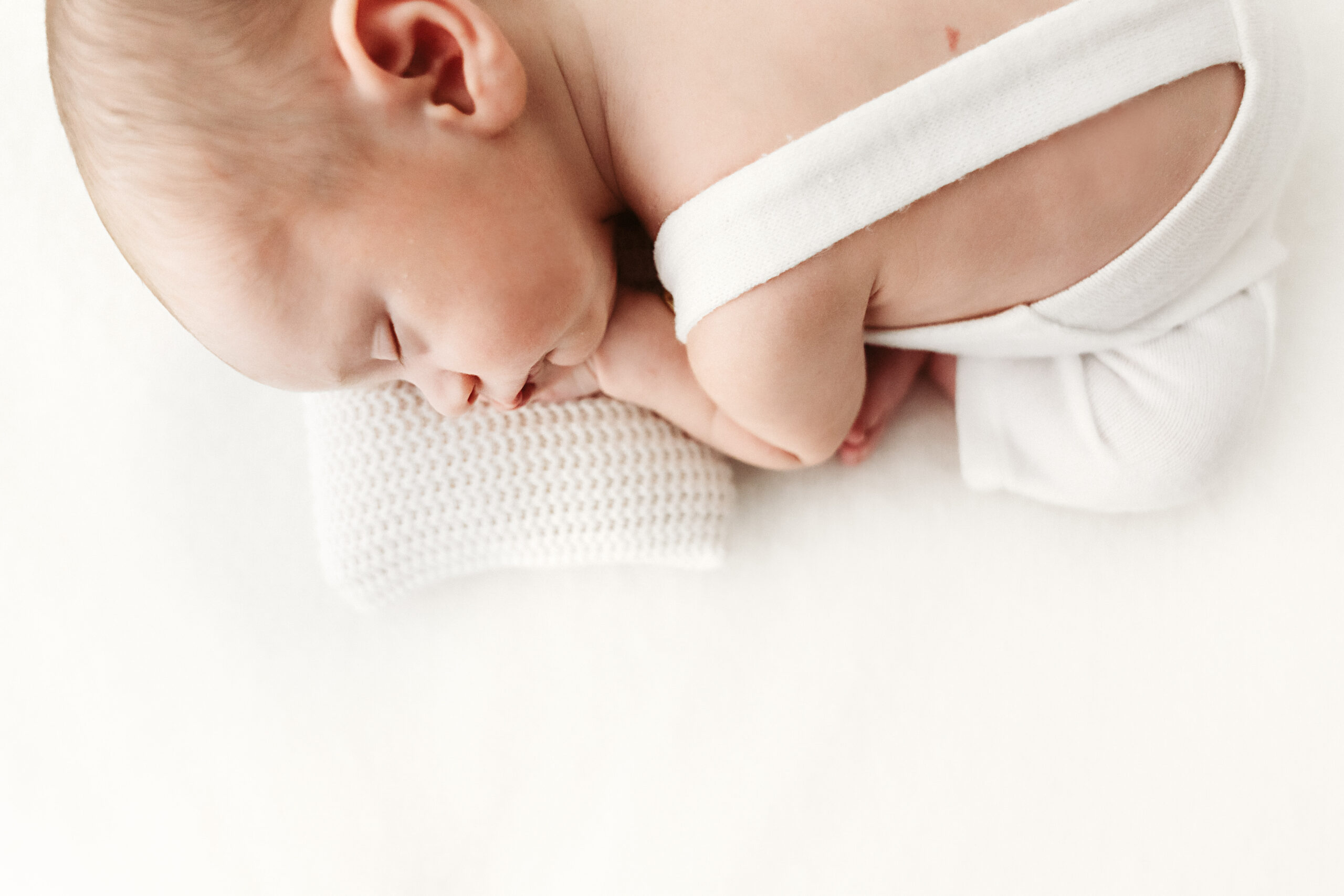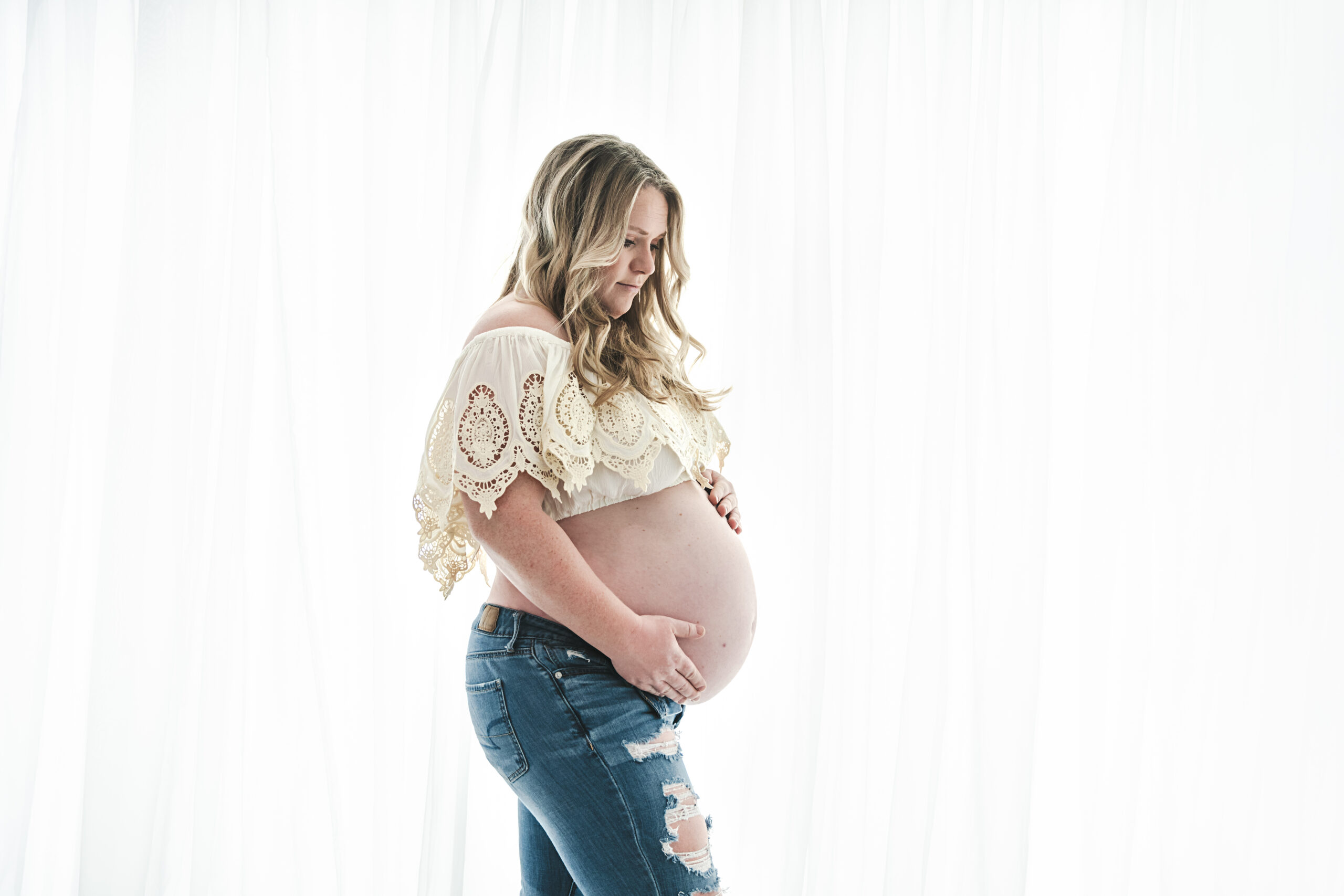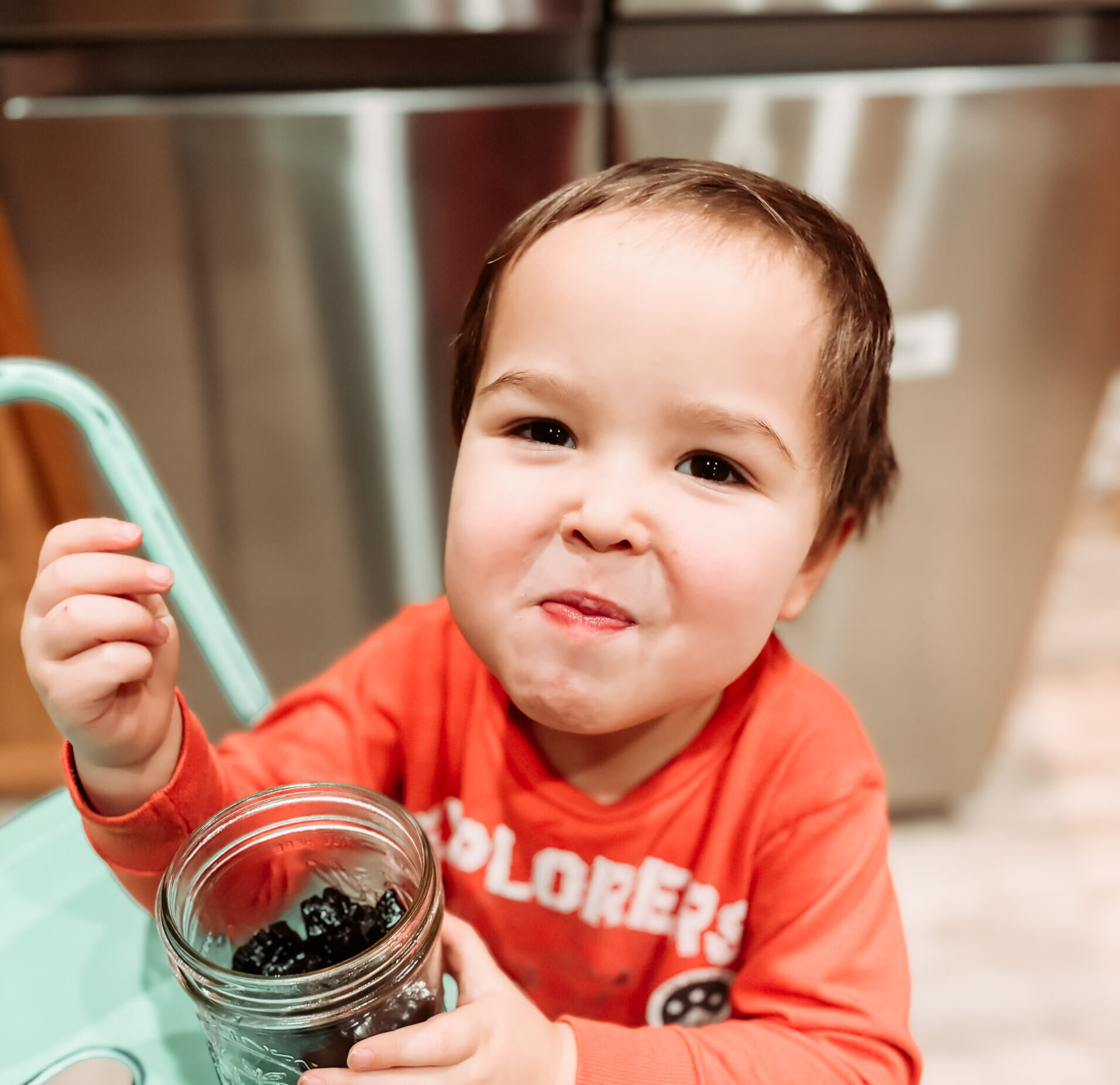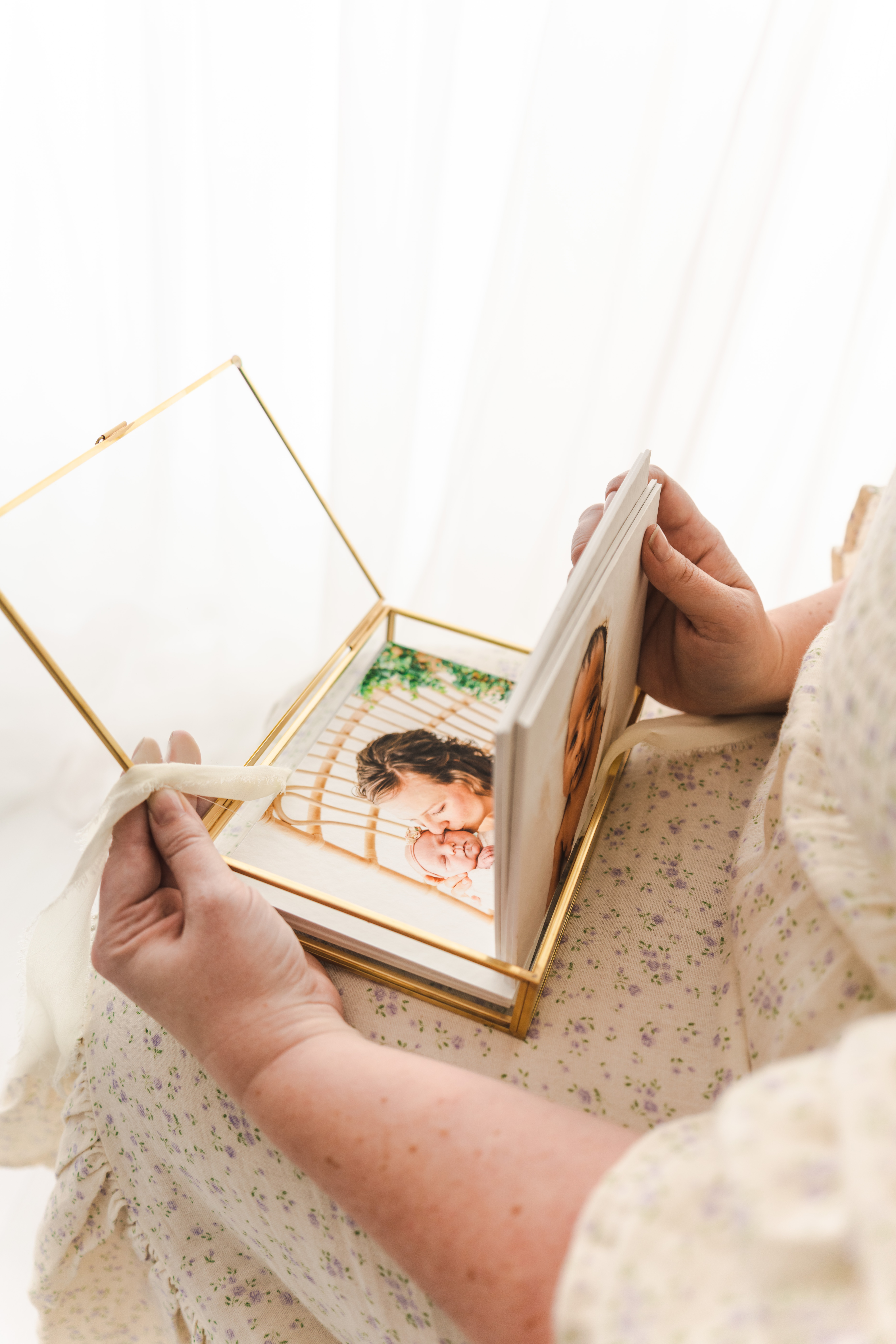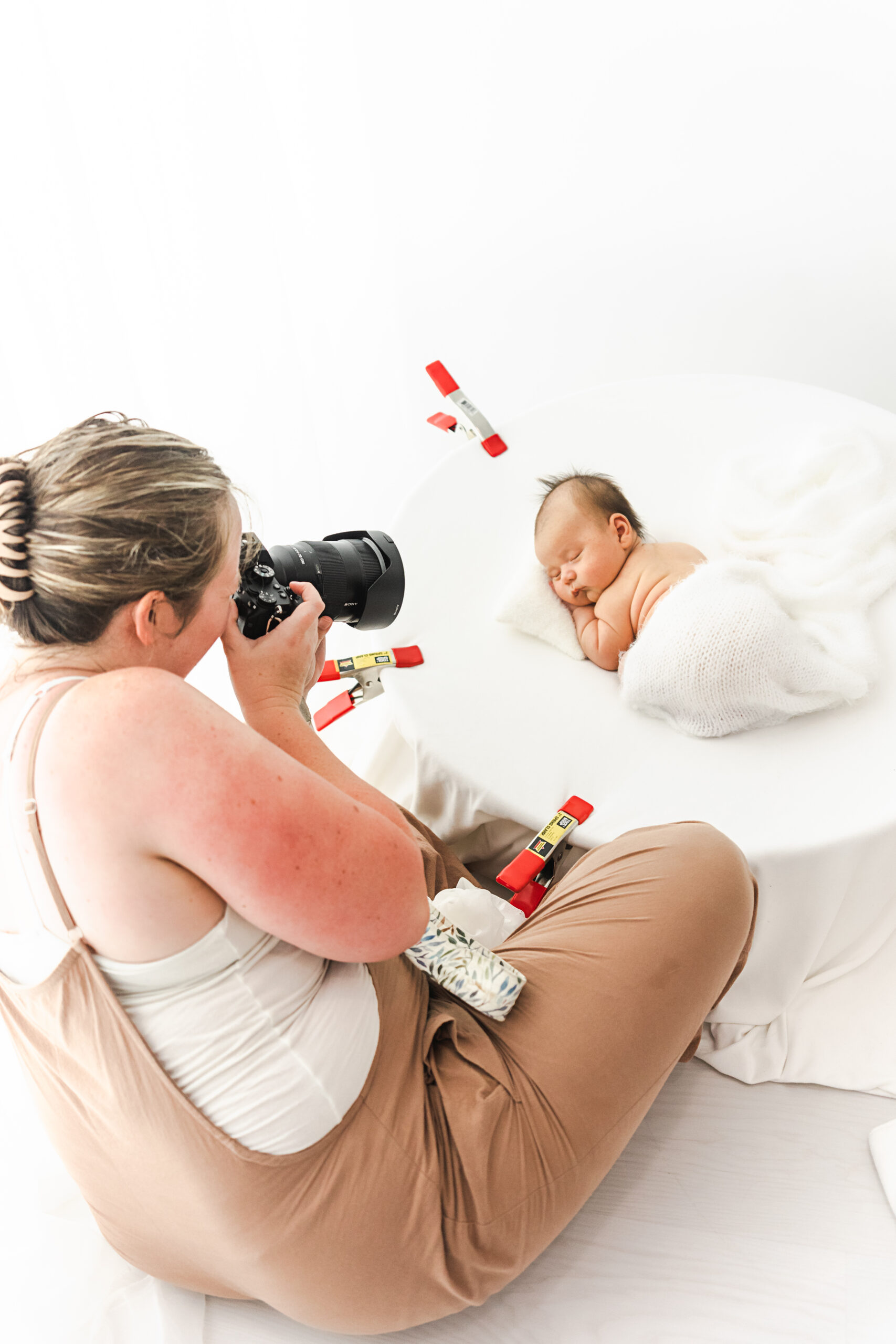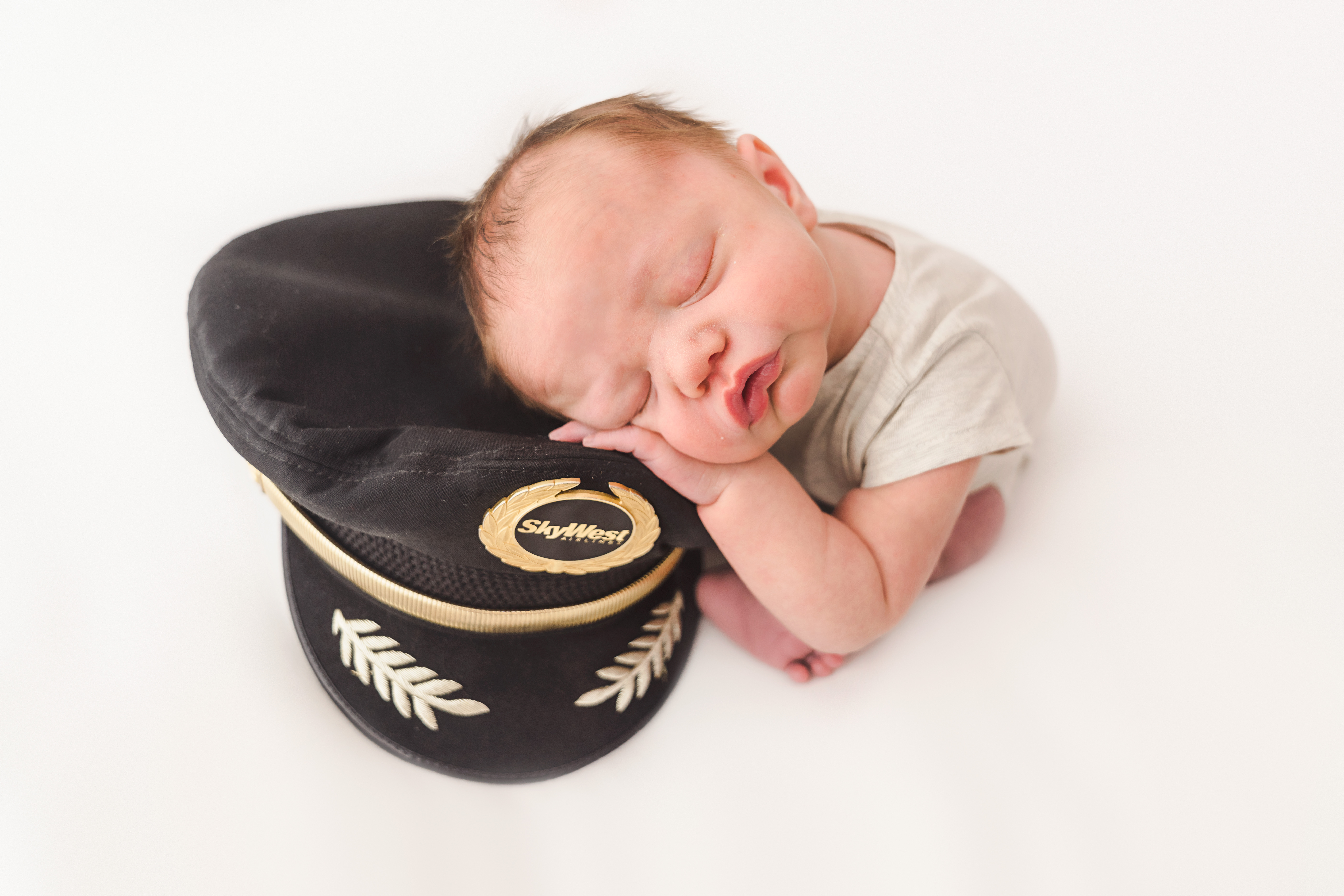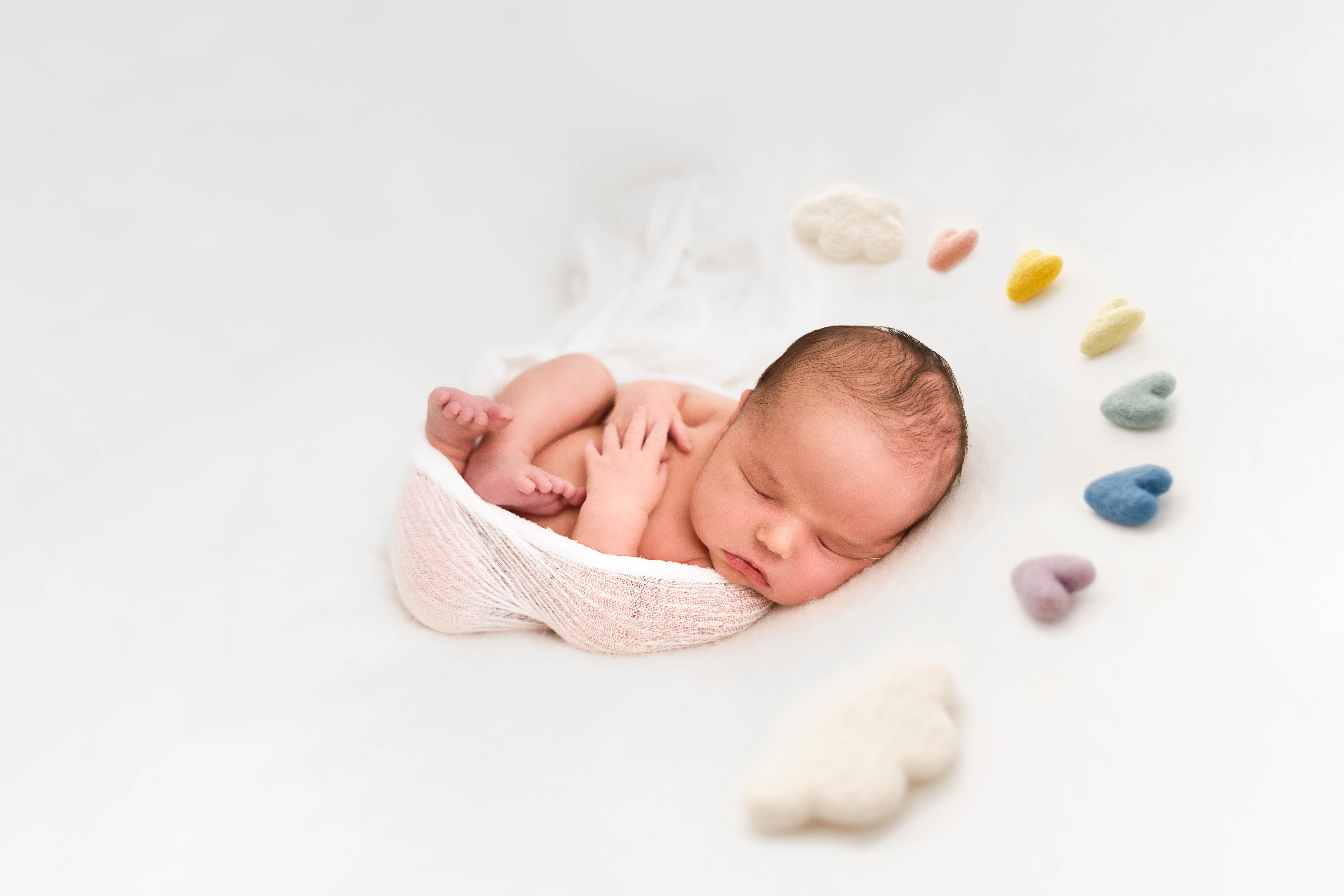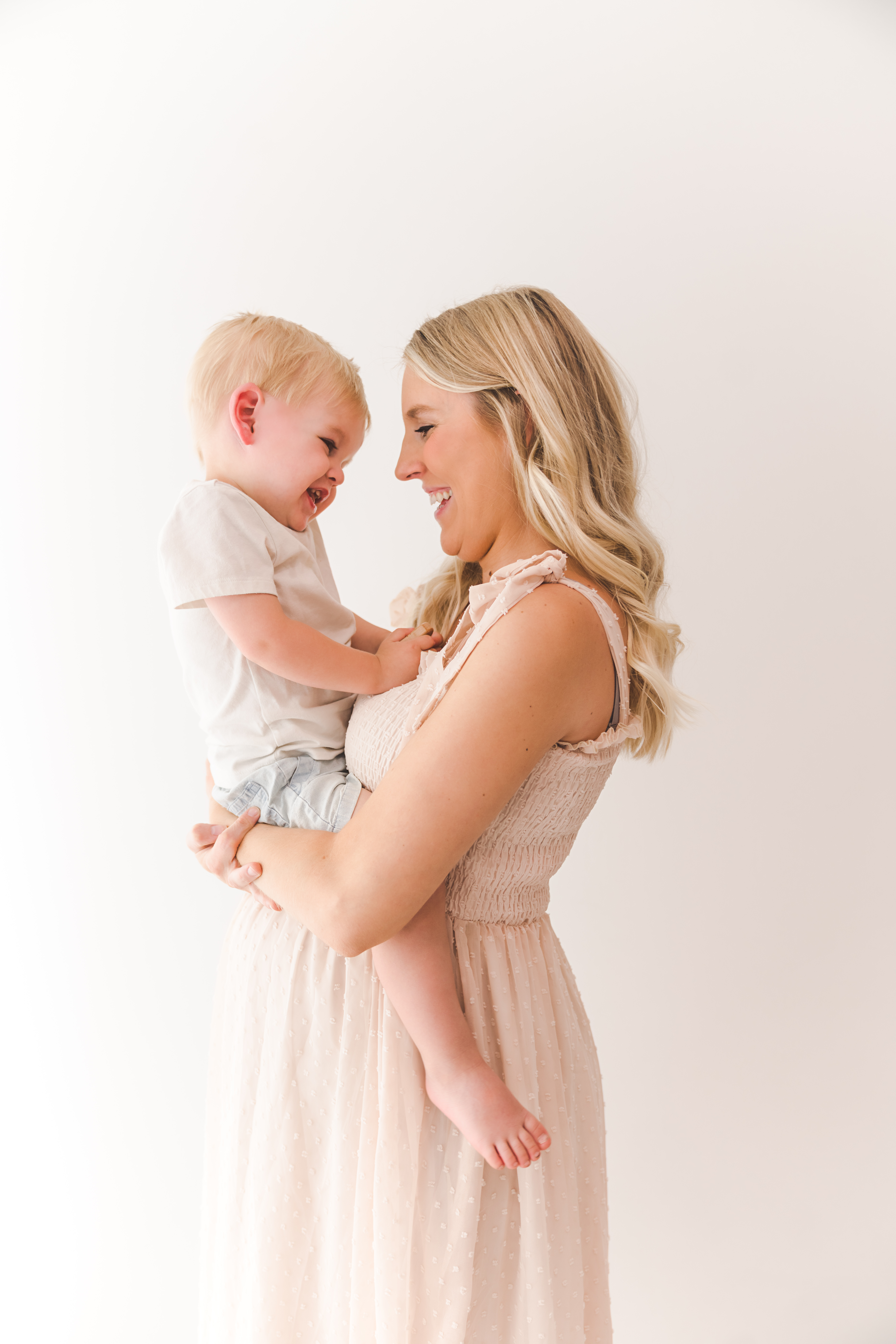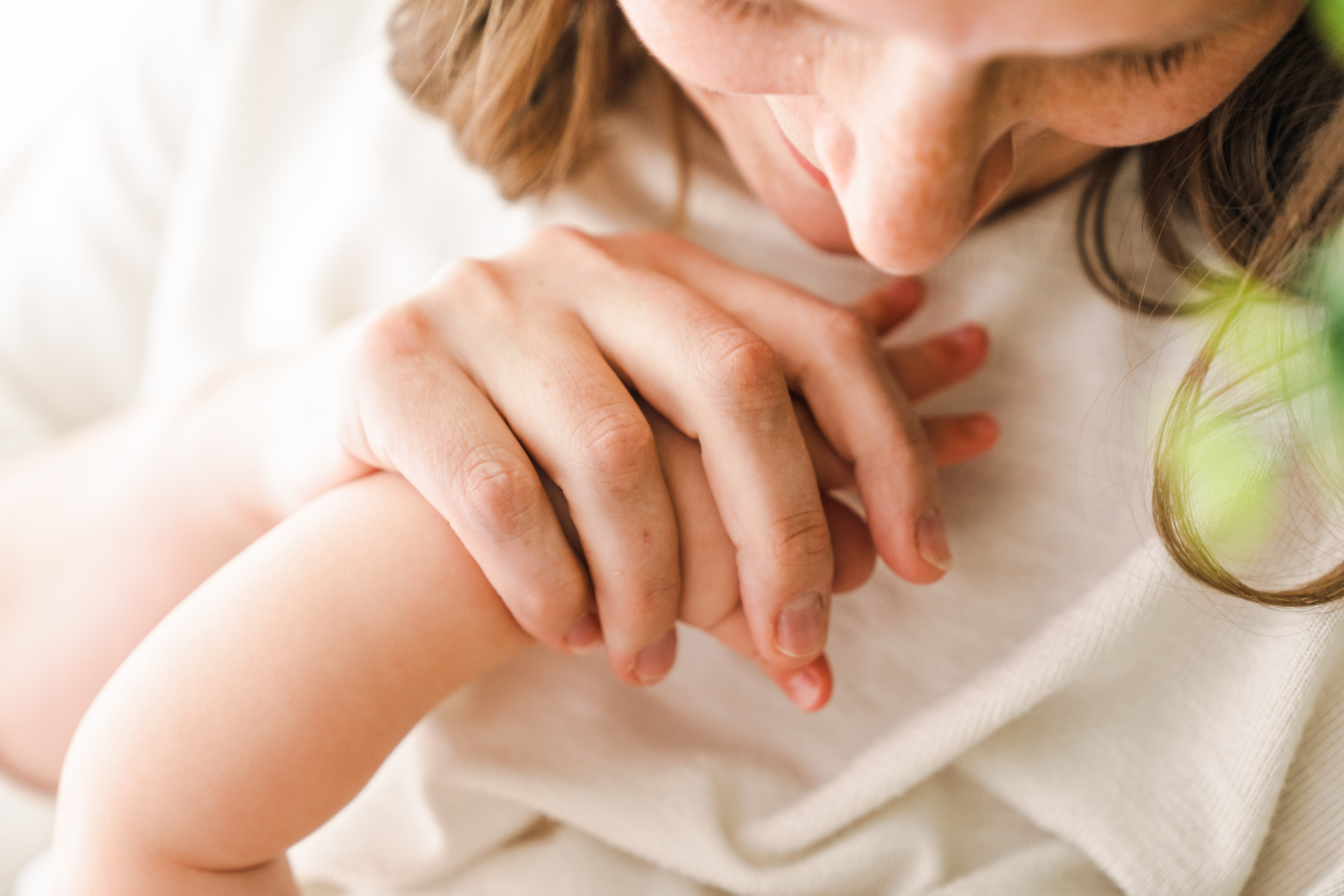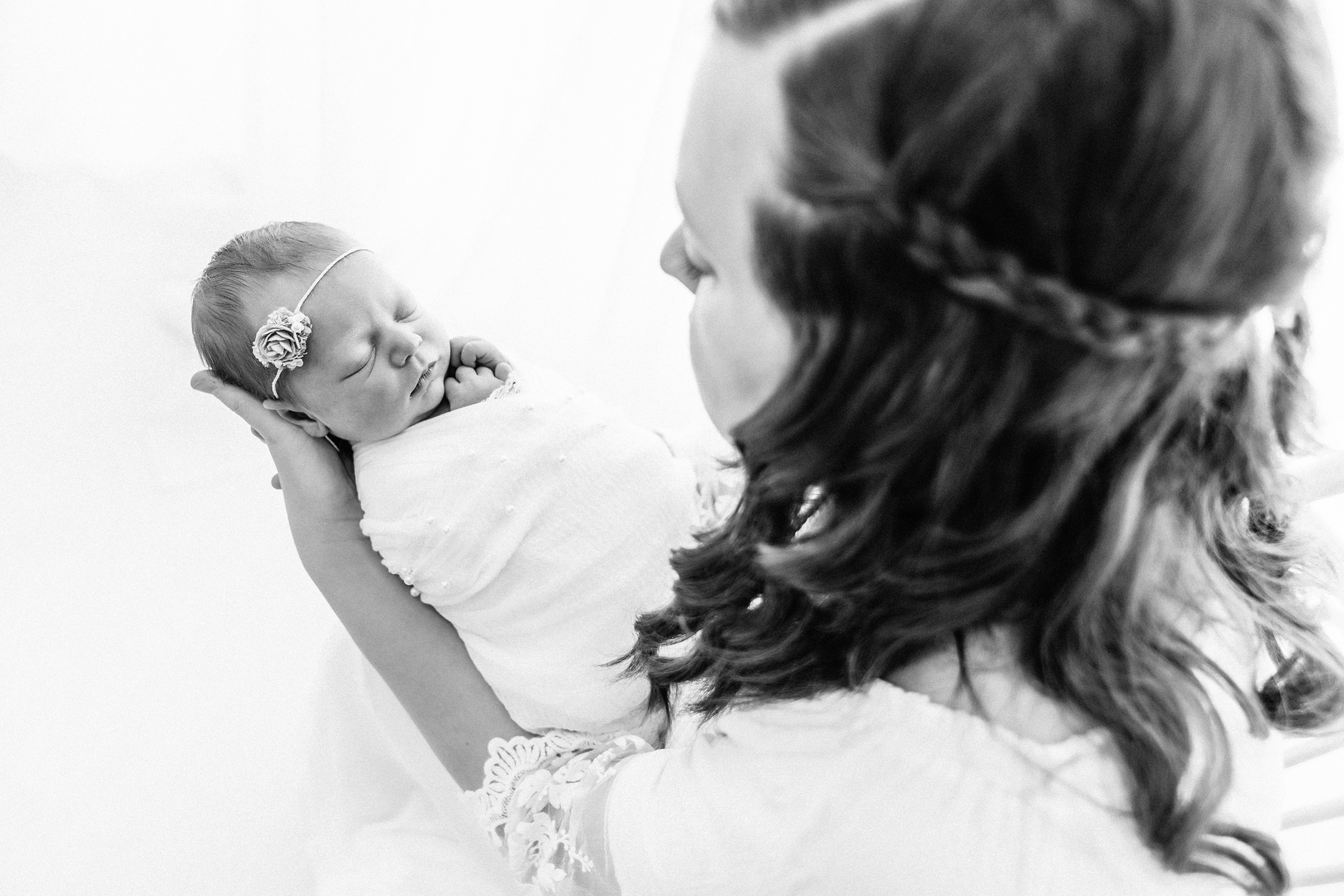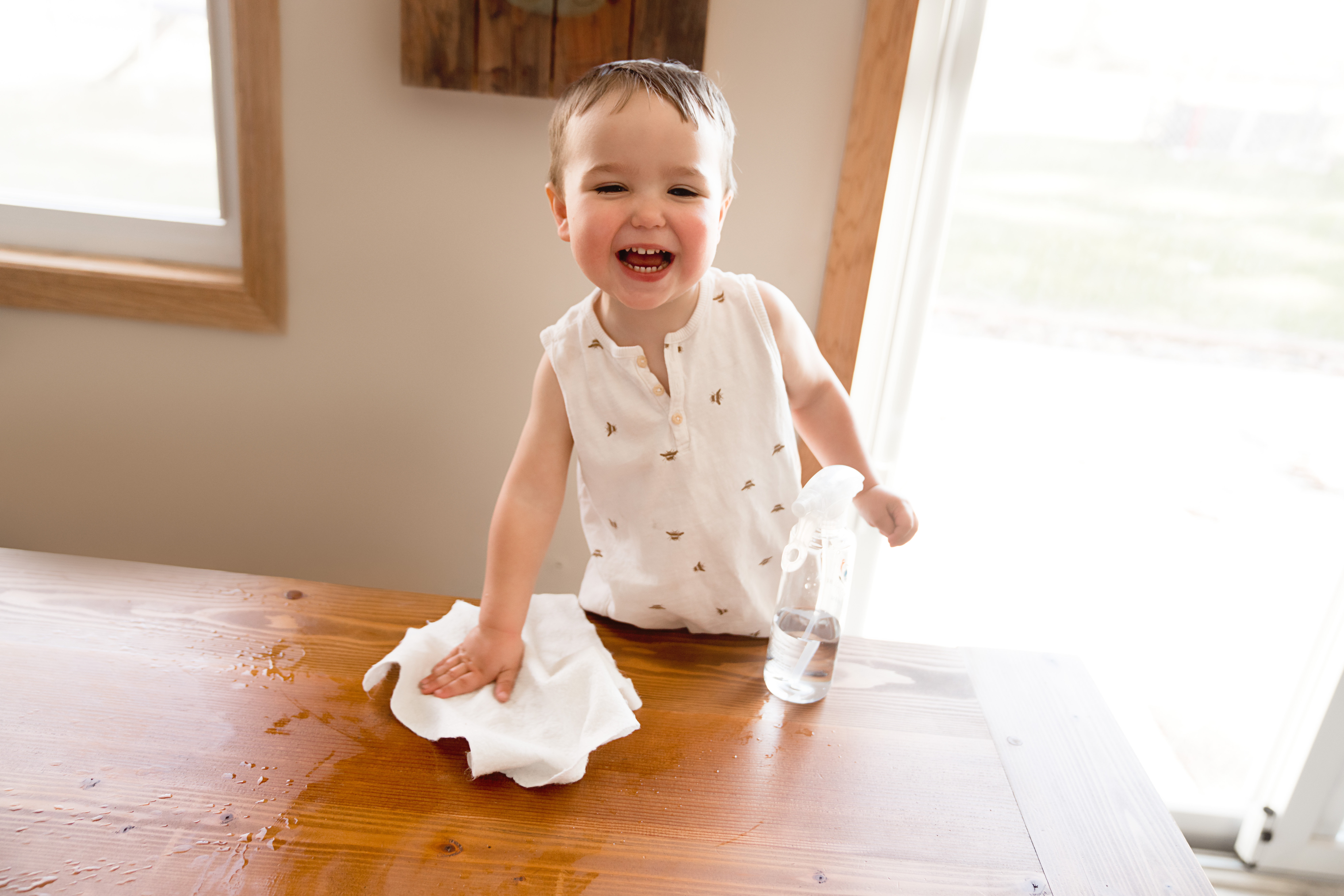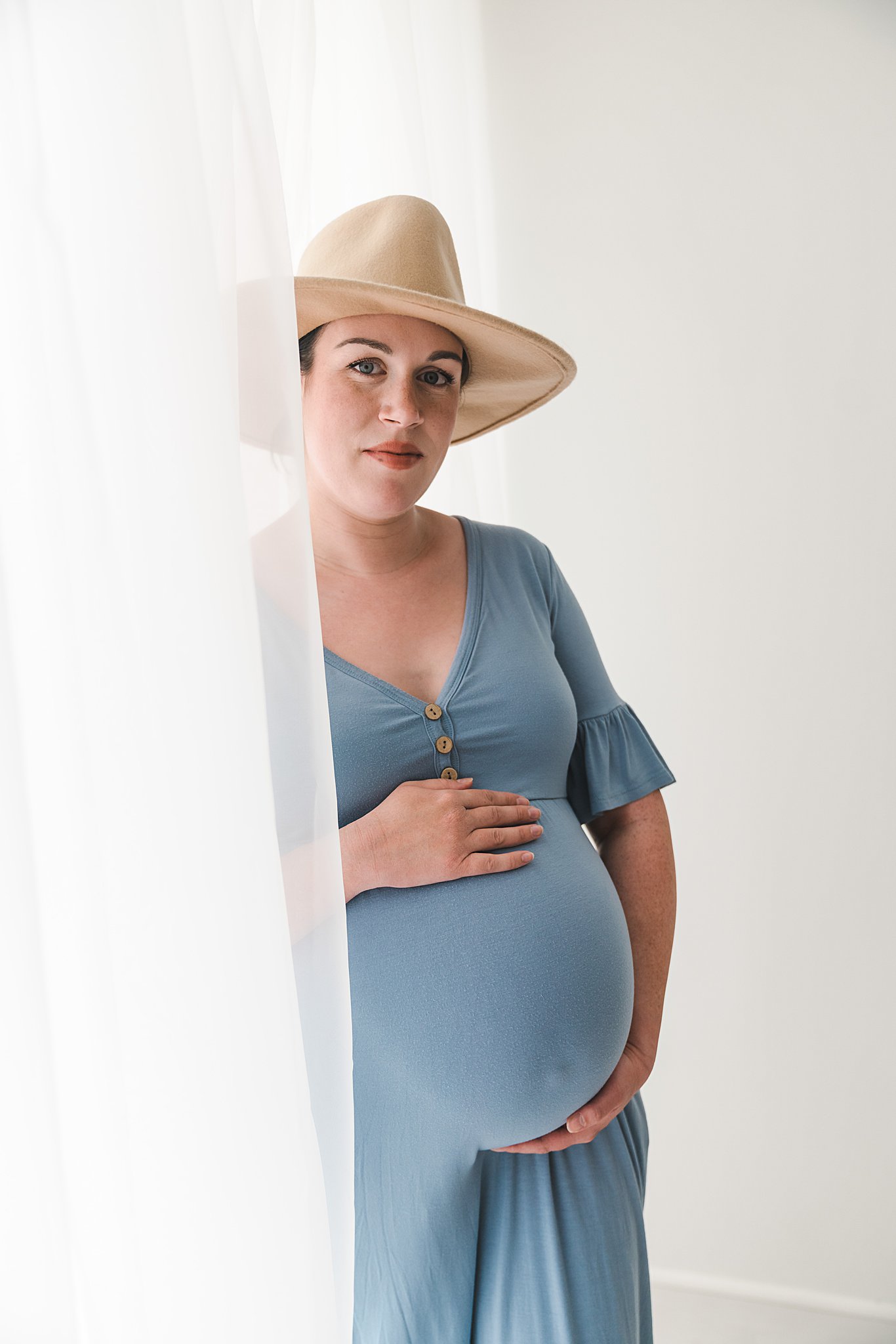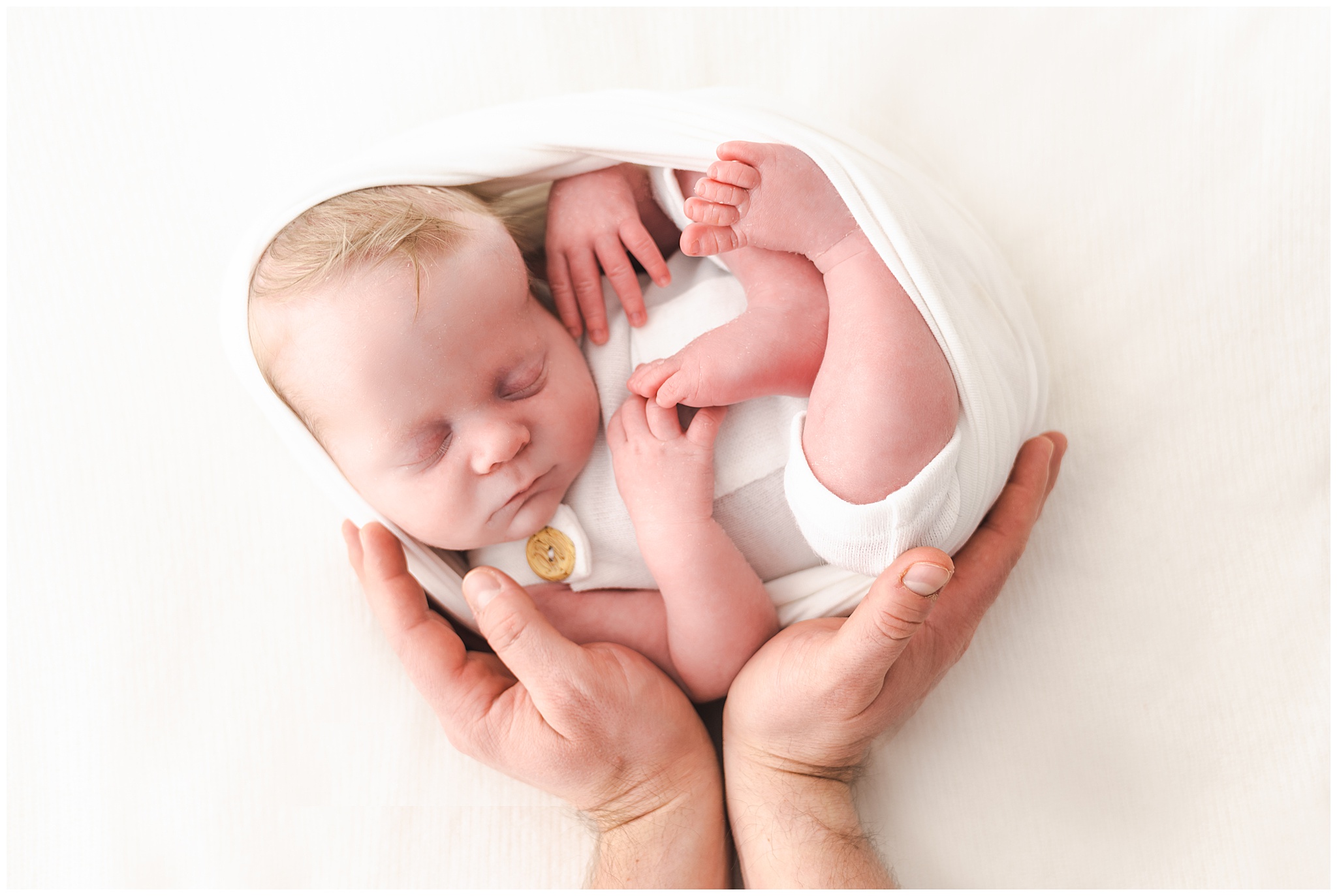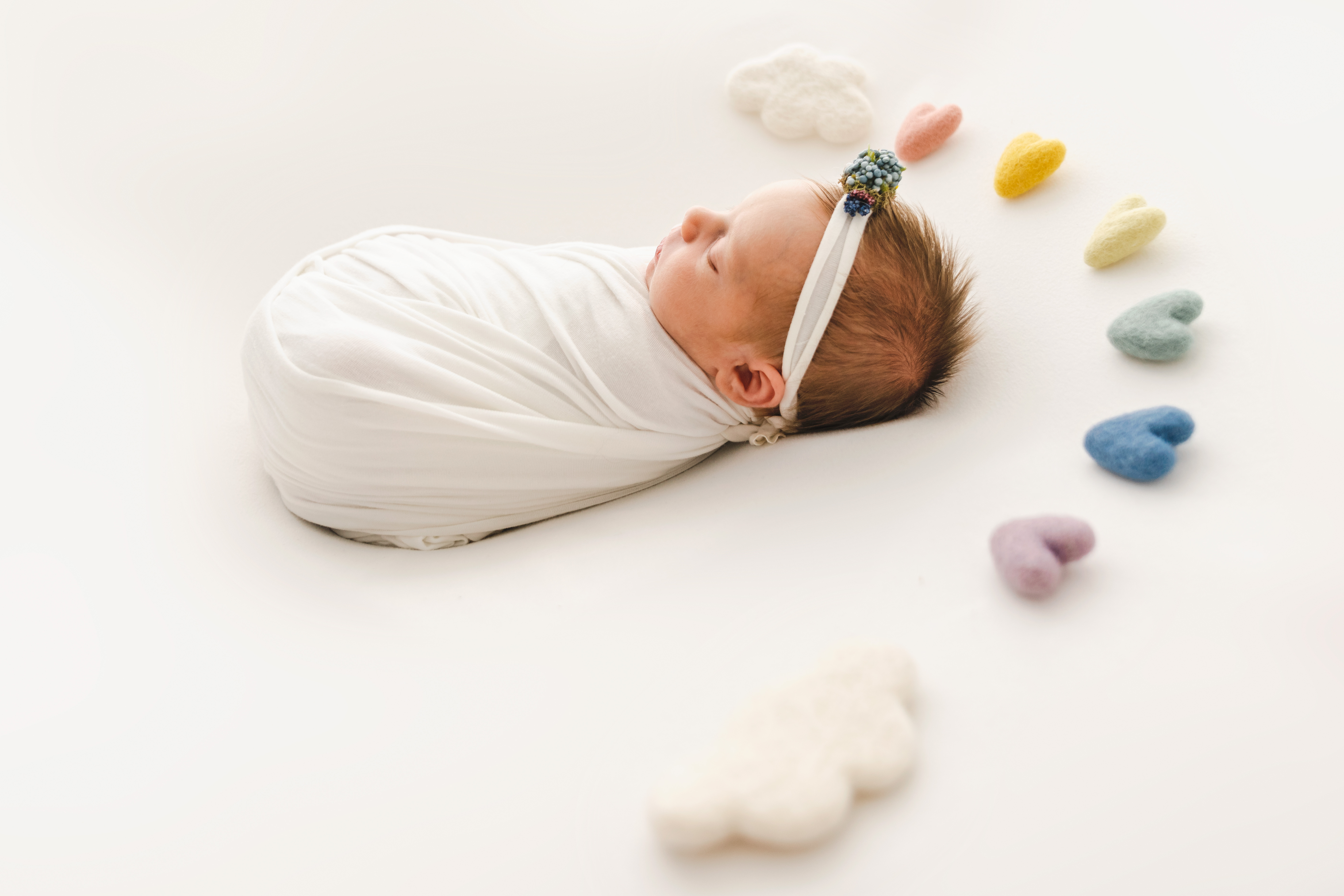Teething: Tips & Tricks for helping Baby through this Trying Time
Teething: Tips & Tricks for helping Baby through this Trying Time
Teething is the process of growing new teeth. Babies start teething when they are about 6 months old, but it can happen as early as 3 months or as late as 12 months. Most babies have all 20 of their primary teeth by the time they’re two years old.
Signs your Baby has Started Teething
Every baby is different, but these are some common signs that your baby has started the teething process.
-Your usually happy and content baby may become fussier and cry more than normal. Let’s face it – teething can be painful, so crying is just a normal way for your baby to express his frustration.
-You may notice that your baby’s gums are swollen.
-Your baby wants to chew on things. This is the time to be extra vigilant about keeping small items that your baby could choke on out of reach. Your baby chews when teething to relieve the pressure on her gums. Make sure you’re stocked with lots of suitable teething toys.
-Your baby has diarrhea. Teething babies generate more saliva, and that can cause stomach irritation and loose bowel movements.
-You’ll notice more drooling or a rash around your baby’s mouth. Babies drool much more when they are teething. This constant flow of saliva around the mouth and down the chin can lead to a rash in that area. You can help control the rash by using an ointment like Vaseline or Aquaphor which can protect your baby’s skin from the drool. You can also use beeswax ointments to treat this rash, but stay away from lotions.
-Your baby’s sleep patterns may change. He make take shorter naps, have trouble settling down to sleep, and could start waking up in the middle of the night even if he has been sleeping through consistently.
-Your baby might start rubbing and pulling on her ears. Teething pain can spread across your baby’s face and into the area near the ears, so pulling and tugging at the ears is your baby’s way of trying to relieve that pain.
Ways to Soothe your Teething Baby
Teething is a natural process and usually no cause for alarm, but there are some things you can do to make it easier for your baby.
Teething Toys
-Some babies like softer teethers, and some prefer ones that are more firm. Try out a couple of different options to see which ones your baby seems to like best. Keep these things in mind when shopping for teethers.
-Know what’s in your teethers. Some popular teething toys can contain harmful ingredients like BPA, latex, lead, or phthalates, to name a few.
-Search for teething toys made from natural substances, like untreated wood, natural organic fabrics, or 100% food-grade or medical-grade silicone.
-Try out teething toys with bristles, bumps, and other textures. Some babies like these better than a smooth teether.
-Try cool teething toys. Many teethers are designed to be cooled then given to baby. You can even use a washcloth. Just wet it, cool it in the fridge, then let your baby suck and chew on it.
-Try frozen breast milk to soothe your teething baby. Just pop a cube into a teething mesh and allow your baby to chew and suck on it.
-If your baby will allow it, try massaging his gums with your finger.
-Select teething toys that are easily washable, then wash them frequently with hot water. If possible, boil your teething toys. Just check the packaging first to make sure the material is strong enough to withstand the heat without melting.
Teething Necklaces
Over the last several years, teething necklaces have become a big hit for new parents trying to soothe their teething baby. These teething necklaces are commonly made from beaded amber, wood, marble, or silicone and warn by mom or baby. However, the American Academy of Pediatrics warns parents against using these teething necklaces. These necklaces pose both strangulation and choking hazards to your baby. The necklaces can break and the beads can get lodged in your baby’s throat. And the necklaces can also strangle a baby if it becomes caught too tightly around his little neck.
Baby Teething Medications
There are lots of medications, oils, and gels available to parents whose babies are teething. The American Academy of Pediatrics recommends that you not use any medications on baby’s teething gums, saying there’s no proof they offer any real comfort, and they can come with some nasty side effects. Medications that numb the gums can reduce the blood flow to them, which can cause serious side effects.
Teething Cookies & Biscuits
Teething cookies and biscuits are a great way to help soothe your teething baby. They can provide a little comfort and help to ease the pain. Plus, they’re a fun snack for baby to chew on!
There are lots of recipes for teething cookies and biscuits available online. You can try out a few different recipes to find one your baby likes best. Just make sure the ingredients are safe for babies and try to avoid ones with added sugar.
Moms share their Teething Tricks and Tips
Those Dr. Brown all-natural teething tablets worked for my baby. I also bought this specific teething toy they sold at target that was a rubber star and when the baby chews on it, it vibrates. I bought it for two of my kids because it worked so well.
-Elizabeth Sneed, Indianapolis
We used natural organic clove oil on the gums, frozen breast milk cubes, frozen applesauce cubes, and frozen fresh fruits in mesh teethers were always a win for our babies.
-Bella Duncan, Indianapolis
Frozen pancakes!
-Mel McMahon, Indianapolis
We used the Baltic amber bracelet under a sock! Make sure it’s certified and not just beads.
-Rachel Bowles, Indianapolis
